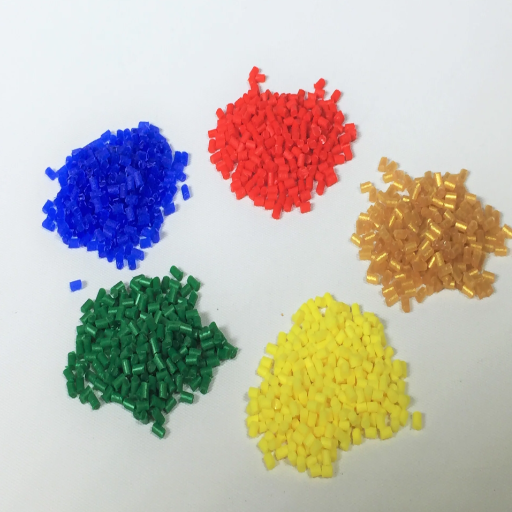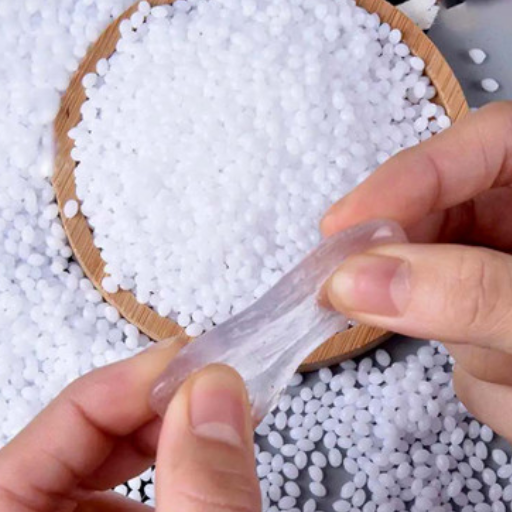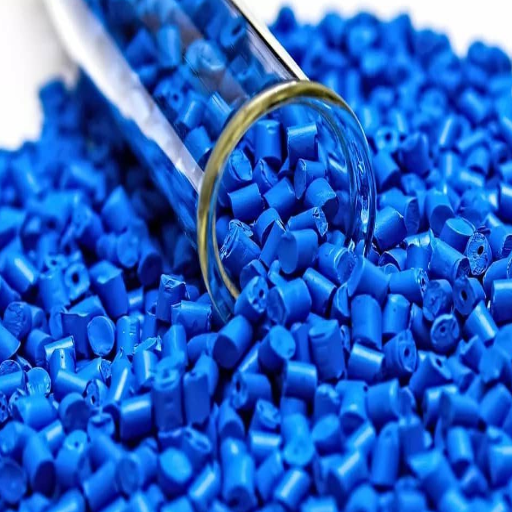Renewable resources is one of the rising problems that the world faces today. Therefore, forming innovative ways to solve the issue has become essential. This blog will discuss ways in which plastic pollution can be addressed by recycling waste plastic using pelletizing machines. Initially, it will discuss some of the causes of the growing plastic pollution problem and how effective recycling solutions can mitigate it. Then, it will explain the underlying concepts of recycling technology and how it is implemented in plastic waste pelletizing machines that transform unused plastic into usable plastic pellets that can be reused in industry. Ultimately, the article will outline the positive impact these machines can have, which are: reduction of landfill waste, resource conservation, advancement of the circular economy, and creation of new entrepreneurial possibilities. With this thorough outline, readers will understand the impact plastic recycling machines can have when it comes to achieving a more sustainable world.
What is Plastic Recycling Pelletizing?
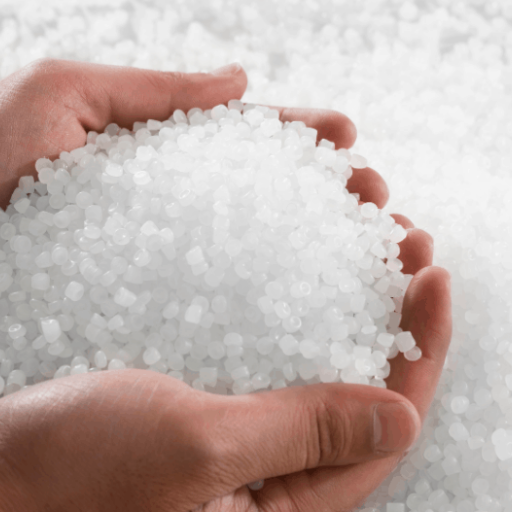
The process of plastic recycling pelletizing involves the conversion of plastic waste into small uniform balls referred to as resin or granules. These particles of plastic are produced by collecting plastic materials, melting them down, filtering their impurities, extruding molten plastic using a die to form strands, and finally cutting down the strands into pellets. The plastic recycling process is completed and becomes more efficient by promoting a circular economy with these reusable pellets being used as substitute raw materials in producing new plastic products.
Understanding the Plastic Recycling Process
The procedures that apply to plastic recycling are multi-faceted and aim to convert waste into valuable reusable substances. To begin with, plastic waste is collected from a variety of locations which includes homes, businesses, and industries. Then the material is sorted either manually or through highly developed automated systems first by type and later by color. This step makes certain that all types of plastics like PET, HDPE, PP, and others are separated for the best possible recycling results.
After sorting, the contaminants such as food leftovers, glue, or labels are removed from the plastics. The clean plastic materials are then shredded to small pieces to facilitate easier processing. Afterward, the shredded plastic is then melted and cast into new products in the form of pellets or granules. These serve as the raw materials and each of these stages guarantees optimal recycled plastic is procured while minimizing wastage and conserving resources.
The production of versatile items is achieved through the use of recycled plastics which includes packaging, clothing, construction materials, and bottles. Managing the steps of plastic recycling not only produces these results, but also aids in resolving environmental issues, promotes sustainable development, and minimizes the reliance on virgin plastics.
The Role of Pelletizing Machines in Recycling
In the recycling process, pelletizing machines are fundamental as they convert shredded or granulated plastic waste into small pellets that are uniform, compact, and easier to store, transport, and reuse. By improving the material quality and consistency of the end product, these machines refine the recycling process. The manufactured pellets can be directly utilized in the production of new items which simplifies the recycling process and mitigates environmental harm.
Benefits of Recycling Plastic Waste
From the perspective of industries and the environment, recycling plastic waste presents a multitude of opportunities. First and foremost, it greatly aids in resource preservation by lowering the usage of raw resources, such as petroleum, which is heavily relied on in plastic production. Furthermore, recycling significantly reduces the volume of plastic waste sent to landfills and oceanic regions which, in turn, reduces pollution, and helps in the conservation of ecosystems. When it comes to energy, transforming plastic waste into new products is far more energy-efficient than producing materials from scratch. Moreover, recycling plastic waste promotes a circular economy by turning waste into usable materials while fostering sustainability and lowering carbon emissions.
How Do Plastic Pelletizing Machines Work?
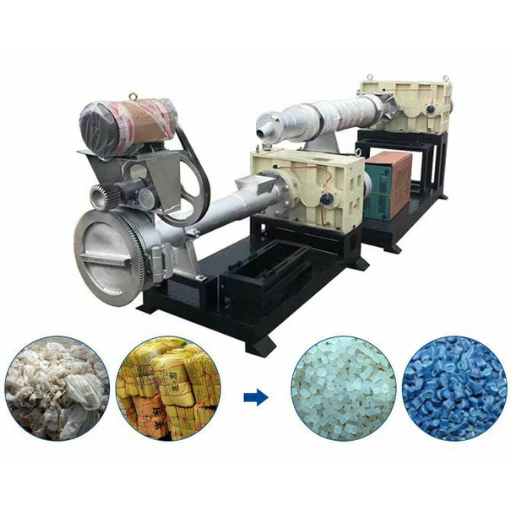
Plastic pelletizing machines work by transforming shredded and cleaned plastic waste into uniform and reusable pellets. The process starts with feeding the material into an extruder where it is heated and melted. Afterwards, the molten plastic is placed in an extruder which forces it through a specialized die in the shape of a molten plastic strand. It cools in a water bath, then is cut into equal-sized pellets and transported by a conveyor belt. The grade A plastic remnants from production and plastic commodity alters in supply and demand are forwarded to shredders for refunding. These pellets are stored where they can be transported without difficulty as well as throughout the supply chain and used as raw materials for neoteric goods made of plastic. This leads to increased effectiveness and lower environmental impacts while maintaining equilibrium in the recycling system.
Components of a Pelletizing Machine
Custom pelletizing machines are integrated and use various processes and components to transform molten plastic into pellets of homogeneous size:
- Extruder
As an essential component of pelletizing machinery, the extruder plays the part of melting and heating the polymer material. The raw resin is fed to the screw which moves the barrel to reach the melting temperature of the shaft.
- Die Plate
Its functionality in the system can be defined as how it cuts and forms the liquid plastic into continuous threads or specific sizes of pellets. It permits steady flow or constant flow and steady control, thus forming the strands directly of various sizes which could be ultimately cut into the defined shape pellets.
- Cooling System
The strands that were formed as a result of extrusion are cooled using a water bath or air-cooling chamber, thus enabling it to solidify and assume shape while allowing it to withstand further processing and handling.
- Pelletizer
The pelletizer, which is able to cut the solidified retractile strands of polymer into definite dimensions, uses rotatable blades and rollers which cut it to the exact shape thus yielding excellent-quality pellets.
- Controller Unit
Like with every other ASIC, the controller unit monitors the machine parameters which include the temperature, agility of the cutter, and the speed of the cutter. This component ensures elasticity, and dependability in the process of perpetually creating pellets of molding.
Altogether, these parts make up an integrated system that aims to increase the efficiency of plastic recycling without compromising the quality and applicability of the end materials.
The Pelletizing Process: From Plastic Scrap to Pellets
The pelletizing process involves converting plastic scrap into reusable pellets for manufacturing. The process normally consists of several sequential steps:
- Collection and Sorting
Various types of plastic waste is collected from different regions and grouped according to their type, resin grade, and their recyclability features. Efficient sorting guarantees that reliable material will be used and that uniformity and consistency. This is pivotal for the accomplishment of uniform pellets.
- Shredding and Washing
Plastics that were sorted are shredded into little pieces so that processing can be simpler. Washing processes remove contaminants including dirt, adhesives, and other potentially unwanted materials that could affect the quality of the pellet, making them clean.
- Melting and Extrusion
The plastic material serves an extruder, which makes the output result of heat and shredding the plastic material. Once in liquid form, the plastic will be put in a die with small holes where it is poured into. Once in the die, the plastic will be shredded using machinery to form thin strands, then the die is released.
- Cooling and Cutting
The strands that are formed in this way are rapidly cooled with the use of either air systems or water baths, solidifying them. Once cooled, the strands become rigid, finally allowing them to be cut into small, consistent, and cylindrical pellets which are desirable for use in advanced industries.
Employing this systematic method permits recycling centers to produce pellets that are uniform in dimensions, quality, and usability, allowing for their effortless reintegration into the production cycle for a wide range of applications. This approach also highlights the importance of integrating sustainability because it goes beyond reducing waste and conserving natural resources.
Types of Plastic Pelletizing Machines
Plastic pelletizing machines defy categorization into a single type for classification. Each machine’s design features intricacies which meet diverse production requirements and varying properties of materials.
- Strand Pelletizers
Strand Pelletizers have a dominant role in thermoplastics where it is extensively applied. The sequence of operations commences with pushing a molten polymer through an extruder which converts it into strands. The strands are cooled to solidify and later cut into uniform pellets. Those machines are suitable for processes where accurate pellet size is needed. Such processes include engineering plastics and compound materials.
- Water Ring Pelletizers
Their characteristics make Water ring pelletizes suitable for high-output processes. Water ring pelletizers are equipped with a rotary knife system that slices the extruded molten plastic into pellets immediately. Following the slicing, the pellets are cooled with water that circulates around the die. This type is very effective with materials such as polyethylene and polypropylene.
- Underwater Pelletizers
This machine is used for continuous and large-scale production – features of Underwater pelletizers. The polymer used is fed into the machine through a die plate that is submerged in water. Inside the water, it is cut into pellet pieces and cooled instantly. This method is often applied to high-viscosity polymers and guarantees that advanced manufacturing retains superior-quality pellets.
The major benefit of different pelletizing machines is in their versatility, tailored to specific material requirements as well as production conditions. Knowing about such differences allows industries to optimize their recycling and production processes.
What Are the Different Types of Plastic Pelletizing Machines?
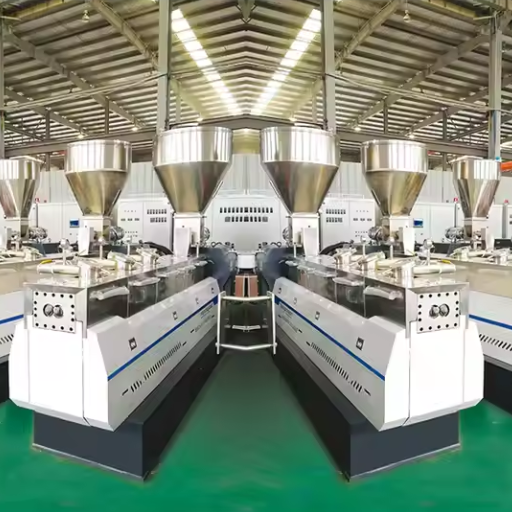
There are different types of cement pelletizing machines, each tailored to deal with specific types of materials and the processes that need to be accomplished.
- Single-Screw Pelletizing Machines – The most basic kind of pulverization equipment, best suited for the treatment of uniform and less sophisticated materials. Commonly employed in the recycling of plastics such as PVC, PE, and PP.
- Twin-Screw Pelletizing Machines – Though more versatile in application, twin-screw machines do a very good job with blending, compounding, and doing work with additives. Their performance level is quite remarkable.
- Water Ring Pelletizing Machines – These machines are optimal for high-output production of pellets as well as for use with thermoplastic materials because their water ring cools and solidifies the molten plastic that’s about to be cut into pellets.
- Strand Pelletizing Machines – These machines are used for specific applications and are able to work with a large variety of thermoplastics. This type of machine is designed to produce strands of plastic which are cooled and then chopped into pellets.
- Underwater Pelletizing Machines – Not only do these machines cut and cool the pellets while submerged in water, but they do so with remarkable finishing. They are primarily designed for the processing of engineering plastics and polymers that need to have the pellet size uniform throughout.
The specific requirements of any given industrial process will make it necessary to choose from among these types and aim for particular efficiency and precision levels about plastic recycling and production.
Strand Pelletizing vs. Underwater Pelletizing
When comparing strand pelletizing and underwater pelletizing, several key factors come into play, including operating principles, technical parameters, and applications:
- Operating Process:
- Strand Pelletizing: This involves extruding molten polymer into strands, cooling them in a water bath, and cutting them into uniform pellets. It is efficient for thermoplastics that can solidify quickly and require minimal handling of high-temperature conditions.
- Underwater Pelletizing: The polymer is extruded directly into water where it is simultaneously cut and cooled. This process is especially useful for materials that require precise temperature control during cutting and cooling.
- Technical Parameters:
- Strand Pelletizing:
- Cooling Method: Water bath or air cooling
- Strand Speed: Adjustable, typically 5-50 m/min
- Pellet Size Range: 2-5 mm diameter
- Ideal Temperature Range for Polymer Exit: 180-250°C
- Underwater Pelletizing:
- Cooling Method: Direct water cooling integrated with cutting
- Pellet Size Range: 2-4 mm uniform size
- Water Temperature for Cooling System: 20-50°C
- Cutter Speed (RPM): 1000-3000 RPM for precision
- Applications:
- Strand Pelletizing: Suitable for bulk materials and lower-cost production needs, particularly for standard thermoplastics such as polyethylene (PE) and polystyrene (PS).
- Underwater Pelletizing: Preferred for high-precision polymers and engineering plastics, such as polyamides (PA) and polycarbonates (PC), offering consistent pellet sizes.
The choice between strand pelletizing and underwater pelletizing ultimately depends on the material requirements, production scale, and desired pellet characteristics.
Choosing the Right Type of Pelletizing Machine for Your Needs
My production requirements are fully supported by the machine’s operational capabilities and quality requirements due to my specific consideration aligning with the application. My needs are best served when these factors are met. First, I consider the type of material that needs to be processed—standard thermoplastics or high-precision engineering plastics. This analysis determines whether strand pelletizing or underwater pelletizing would be more efficient, as well as determining the production scale which usually benefits from operating efficiencies above a certain output level. Finally, along with other considerations, the machine’s capability to consistently meet the predefined specifications. These adjustable considerations include the defined criteria set forth for the pellets for size and consistency, which aids in producing precise pellets as needed.
What Are the Benefits of Using a Plastic Pelletizing Machine?
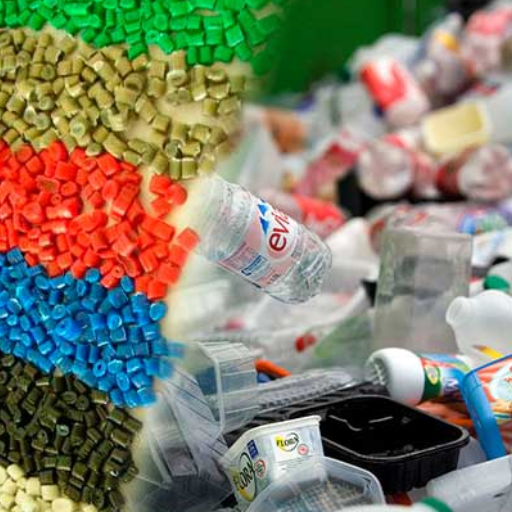
In recycling and producing plastic, industries benefit from plastic pelletizing machines in numerous ways. To begin with, they improve efficiency by making the conversion of plastic waste or resin into pellets easier, as pellets are easier to handle and transport. They also guarantee uniform quality by ensuring that the pellets made are of the same size and shape, which is very important for reliable processing downstream. Furthermore, these machines aid in material wastage as well as resource consumption, thus helping sustainability endeavors. Their adaptability also aids in the handling of various polymers which makes them important in industrial applications. To sum up, plastic pelletizing machines aid in the improvement of productivity, quality maintenance, and environmentally friendly efforts.
Environmental Impact: Reducing Plastic Waste
In my opinion, plastic pelletizing machines assist in mitigating plastic waste. From my understanding, these machines enhance the recycling system to allow for maximal recovery and reuse of plastic materials. They assist in furthering plastic waste by transforming it into reusable pellets that can substitute for virgin materials in manufacturing processes. This helps reduce pollution and makes production processes more efficient in terms of resource utilization. The adoption of these technologies aids in circular economic practices by improving environmental sustainability in the management of plastic waste.
Economic Advantages: Cost-Effective Recycling
Environmental advantages aside, recycling has great economic value. Transforming waste materials into reusable resources enables industries to greatly reduce the expenditures on raw materials. The use of advanced recycling technologies also diminishes the costs linked with procuring virgin plastics due to extraction and processing. Moreover, enhanced recycling infrastructure investment leads to increased employment opportunities in collection, sorting, and processing boosting local economies. Economically efficient recycling also reduces waste management costs for governments and businesses by cutting down the use of landfills and associated costs. Overall, the adoption of recycling activities enhances financial efficiency and becomes a sustainable solution for communities and companies in the long run.
Quality Improvement: Producing High-Quality Plastic Pellets
Achieving effective processes begins with an accurate evaluation of the steps needed for sorting, cleaning, and removing contaminants from recyclable plastics. This approach guarantees the elimination of harmful pollutants from the plastics, achieving the expected standards of cleanliness. Moreover, uniformity in quality and defect reduction is accomplished with efficiently maintained equipment, advanced filtration units, and meticulous control of extrusion temperature and pressure during the process, which yields high-quality pellets. The care put in maintenance and attention allows us to provide high-quality plastic pellets that are sturdy, dependable, and compliant with industry standards as well as customer expectations.
How to Choose a Plastic Pelletizing Machine for Recycling?
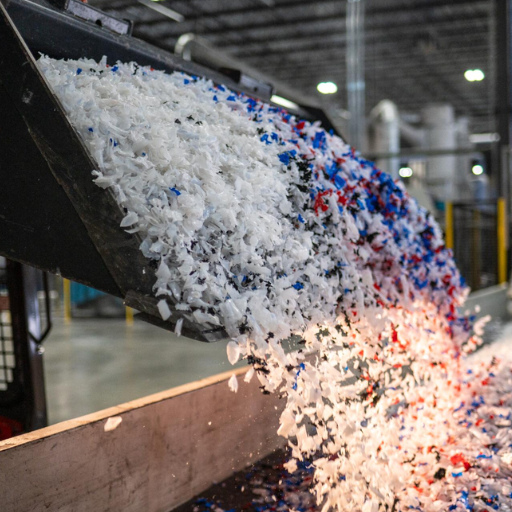
Regardless of whether you’re engaging in the business of selling or dealing with recycling, undergoing an assessment of risks and advantages of the plastic pelletizing machine is essential. A decision should not pose a dent in your finances nor undermine operational efficiency. Merging reasonable costs with adequate durability, low maintenance, and use of energy-efficient components establishes significant savings. Furthermore, reliability in obtaining spare parts and technical support can improve operational efficiency dramatically. Besides, the type of polymer processed into pellets as well as the overall workload should be taken into account. The goal is not only meeting but surpassing the company’s expected production volume.
Factors to Consider When Selecting a Machine
My consideration for leasing a device centers around three key elements that I believe are necessary for operational adequacy. First and foremost, I pay attention to the business and operational performance metrics of the machine like processing speed and capacity, and energy efficiency since they control productivity and operating costs. Second, I analyze the workmanship of the structure and its maintainability and configure my preference to models that have robust materials and uncomplicated servicing arrangements which will reduce the downtime. Third, I analyze the machine for the availability of technical support and spare parts which ensures that I will not have any prolonged problems with timely issue resolution. Important technical parameters of interest to me include energy consumption in KWh, throughput capacity in tons per hour, and the dimensions of the machine to ensure it is not too big for my workspace. By considering all these factors, I would be able to choose a machine that works within my budget constraints, my goals for long-term sustainability, and my organizational needs.
Top Manufacturers in the Plastic Recycling Industry
- Vecoplan AG
With a high level of concentration on plastic processing technologies, Vecoplan is one of the leading machinery manufacturers in the recycling industry. Its innovative shredders, granulators, and sorting systems efficiently manage all categories of plastic waste- post-industrial to post-consumer. Due to their unparalleled energy efficiency, low maintenance requirements, and robust performance, Vecoplan machines have garnered a reputation as a reliable choice for diverse recycling operations.
- Erema Group
Plastics recycling system specialists, Erema manufactures equipment to propel circular economy initiatives. Their technology makes use of advanced recycling systems to produce high-value-added recycled pellets from plastic waste while ensuring maximum output coupled with minimal material loss. Recognized for eco-friendly processing as well as high-grade end products, Erema’s INTAREMA® system technologies assist industries in meeting sustainable material production goals.
- Amut Group
With a focus on PET and Polyolefin recycling, Amut Group provides tailor-made solutions that incorporate washing plants, extrusion lines, and thermoforming systems into a single unit. They are complete providers of recycling machinery. Meeting the increasing global demands for recycled plastics while contributing to cleaner production processes, Amut’s systems are built to outperform durability and efficiency.
These manufacturers are leading the industry in plastic recycling due to their unparalleled commitment to sustainability, technological innovation, and operational excellence.
What is the Future of Plastic Recycling and Pelletizing?
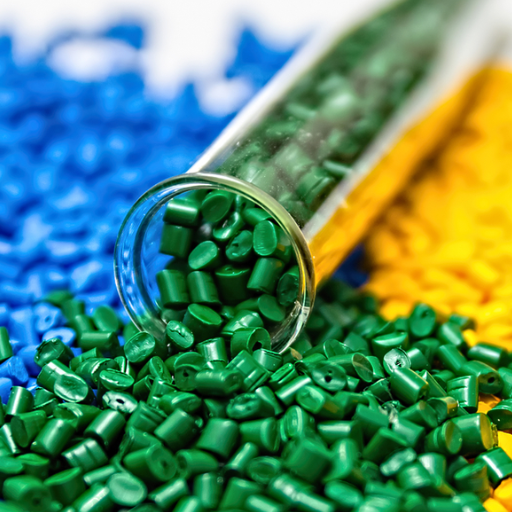
The horizons of plastic recycling and pelletizing are expected to develop with remarkable creativity. As sustainability becomes a more pressing concern, there is a greater need for improvement in new technologies. The industry is changing due to advanced AI and robotic sorting systems, renewable energy in pelletizing, chemical recycling that dismantles plastics into their molecular form, and ROT: Reduction of Thermodynamic Energy Waste. More businesses are working to improve the quality of recycled materials fuels which is a positive sign for better adoption across industries. Legislative changes and corporate responsibility are also fast-tracking the shift towards a circular economy where plastics are perpetually reused instead of thrown away.
Innovations in Recycling Technology
Based on my latest research, it is evident that technology concerning recycling is advancing regularly to fulfill sustainability requirements. The use of AI and robotic sorting technologies is changing the speed and precision with which recyclable materials are separated. Chemical recycling, which breaks plastics down into their constituent molecules, holds great promise for dealing with difficult-to-recycle materials and producing better-quality recycled products. Moreover, the use of renewable energy in pelletizing processes not only lowers carbon emissions but also supports circular economy principles. Along with more rigorous policies and industry self-regulation, these changes are improving the efficiency and ecological friendliness of recycling in the future.
The Role of Pelletizing in Closed-Loop Recycling
Pelletizing is a primary procedure in the closed-loop recycling system because it enables repurposing through the manufacturing of new products from already-used plastics. This step offers uniformity of the material, consistency of the product, and ease of implementation of reclaimed materials into the production machinery. In modern pelletizing, new and more effective methods are at filtration and degassing, which obliterate impurities, guaranteeing the final product’s quality. Also, the introduction of tandem extrusion systems enables better utilization of materials without compromising their quality. By turning plastic refuse into valuable pellets, pelletizing enhances the economy by lessening the use of primary plastics, waste, and pollution, which encourages sustained industrial development.
References
Frequently Asked Questions (FAQ)
Q: What is a pelletizing machine for plastic recycling?
A: A pelletizing machine for plastic recycling is a type of recycling machine that converts scrap plastic into high-quality recycled plastic pellets. This process involves melting and solidifying the plastic material to prepare it for reuse.
Q: How does a pelletizing line work in a plastic recycling plant?
A: A pelletizing line in a plastic recycling plant involves a series of machines and processes, including shredding, melting, plasticization, and pelletizing. The line transforms waste plastic into pellets that can be used for manufacturing new plastic products.
Q: What are the main components of a plastic recycling line?
A: A plastic recycling line typically includes a recycling machine, pelletizing system, shredders, extruders, and cooling systems. These components work together to process waste plastic into pellets.
Q: How do pelletizing machines and pelletizing lines contribute to recycling solutions?
A: Pelletizing machines and pelletizing lines provide efficient recycling solutions by converting scrap plastic into high-quality pellets, reducing waste, and promoting the reuse of plastic materials, which supports environmental sustainability.
Q: What types of plastic recycling can be handled by a pelletizer?
A: A pelletizer can handle various types of plastic recycling, including recycling of plastic film, plastic bottles, and other plastic materials. It is adaptable to different kinds of waste plastic.
Q: What role do plastic pelletizing machines play in a production line?
A: Plastic pelletizing machines play a crucial role in a production line by transforming raw plastic materials into pellets, which can be easily transported, stored, and utilized in the manufacturing of new products.
Q: Why is compacting and pelletizing system important in a recycling line?
A: A compacting and pelletizing system combines several processes to efficiently handle large volumes of waste plastic, reducing its size and transforming it into pellets, which simplifies storage and transportation.
Q: How do plastic recycling pelletizing machines help in converting waste plastic into value?
A: Plastic recycling pelletizing machines help convert waste plastic into value by transforming it into recycled plastic pellets, which can be used to manufacture new products, thus reducing the need for virgin plastic materials.
Q: What factors should be considered when choosing a plastic pelletizing machine manufacturer?
A: When choosing a plastic pelletizing machine manufacturer, consider their experience, the quality of their machinery, customer support, and their ability to provide customized solutions tailored to specific recycling needs.
Q: How does plastic machinery facilitate the recycling process?
A: Plastic machinery, including extruders and pelletizers, facilitates the recycling process by efficiently processing waste plastic through melting, plasticization, and pelletizing, ultimately producing high-quality recycled pellets.

